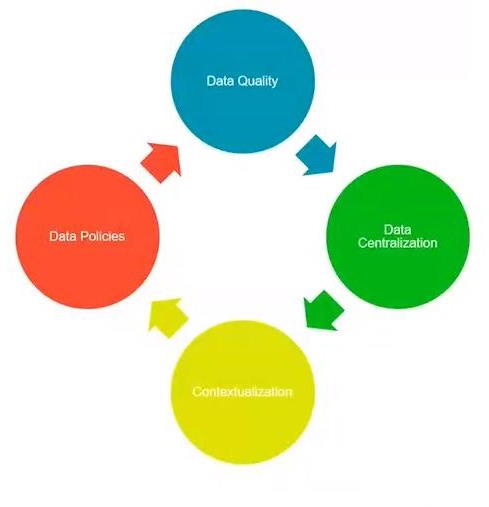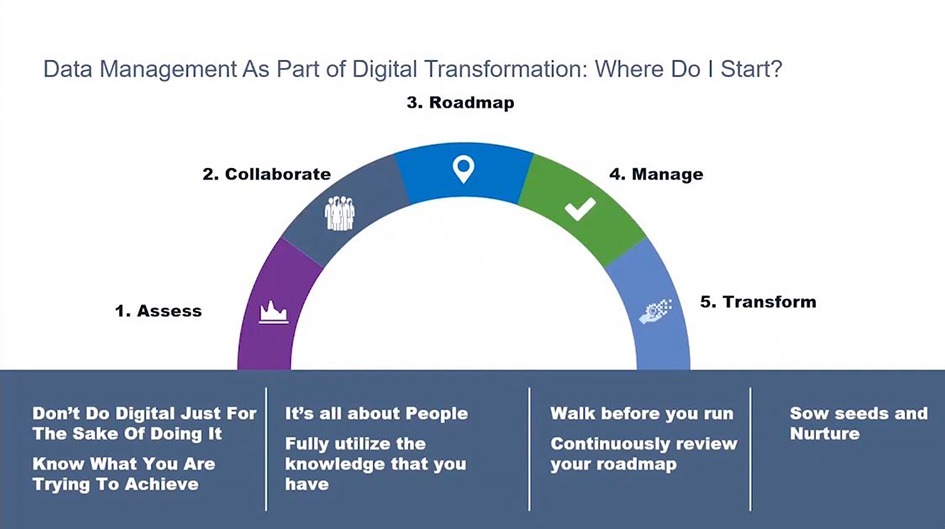The smart use of data, with key four strategies implemented to it, is an essential element for the operational performance, Emerson specialists said during the Emerson’s Exchange Virtual Series this Thursday.
“Digital transformation can propel operational performance to new levels, but to truly unlock its full potential and get tangible results, a strong foundation of operational data is required,” the webinar presentation reads.
Nevertheless, data for itself cannot deliver a full spectrum of what’s going on with a certain asset. Data must be standardized and filtered so it truly represents the core situation of a plant or certain production strategy.
Stephen Park, Advisory Director of Emerson Automation Solutions, summarized four main strategies for the smart use of data: improving data quality, centralizing data, contextualizing it, and establishing tight governance procedures and policies for it to be relevant, useful, and integral.


“Ultimately, this contributes to creating innovation across the organization as a whole,” said Dapo Badmus, Director of Sales Enablement and Professional Services of Emerson.
About Data Quality, Park underlined that, in most cases, data comes from variable sources, sometimes from SCADA systems with lots of latency between historian and enterprise applications. Thus, most of the time, this data doesn’t come in a timely fashion, impacting operational performance.
“We are always under time pressure; if we get an indication of an alarming event, or if we have under range or over range production, we want to consume and use this information to make business decisions right away,” said Park.
Recommended for you: MPDS models save millions for Shell’s Pennsylvania Chemicals
4 strategies by Emerson for data improvement
That’s why transitioning from low-quality data to high-quality data is a vital component of a typical Production Day. To move forward to high-quality analysis, decision-makers must centralize the data; filter it to provide an accessible platform for it to be reviewed.
By centralizing operational data, it becomes a “single source of truth,” which is a single platform that consumers and stakeholders consult and decide upon for the improvement of operations.
The next step for smarter use of data that Emerson specialists discussed was contextualizing it; which provides the data with asset-centric sets, so it becomes easy to analyze and visualize.


“It’s applying standards to allow apples-to-apples comparisons across sites and facilities of your company,” Park explained. By these interventions, the data can be used to reduce end-to-end execution time and eliminate allocation failures.
“It doesn’t matter what kind of product you produce in your company; this information allows you to direct your personnel and make decisions under that time pressure scheme that companies are always on.”
The fourth and final strategy is to apply governance policies to the data to ensure its quality and establish clear guidelines and procedures. “It would improve innovation through cross-functional discussions among the business units within the organization, tightening its procedures,” Badmus concluded.
With hard examples, Emerson’s specialists exposed how to manage, store and share this improved data to ensure better practices at companies. Also, how it can improve the whole company scheme from the executive to the operational levels.


